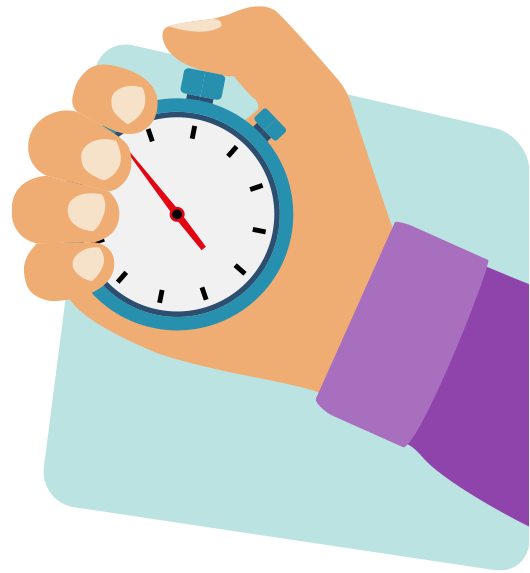
Google Makes Core Web Vitals A Ranking Factor
Too busy to read our blog posts? You can listen to them instead:
It’s no secret that Google continuously looks for new ways to improve user experience. And to push its products on the market. That’s why it’ll introduce Core Web Vitals to its impressive list of over 250 ranking factors. The focus seems to be page speed.
Google knows people want pages to upload as fast as possible, especially when they consume content using mobile devices. The search engine made it clear that the goal was for mobile-optimized content to load instantly in 2015 when it announced the AMP framework.
Milliseconds matter to user experience, so Google is ready to go all-in and benefit websites that load faster. In other words, the websites that use the AMP framework. The good news is that short loading times improve user experience. The downside? You might have to overcome a series of technical challenges if you want to fit into the new standard without using Google’s tool.
The page experience update is expected to become a reality sometime in May 2021. Let’s see what it means for your SEO strategy and what you need to do to optimize your website further.
What Are Core Web Vitals?
Core Web Vitals refer to a website’s load times – the metrics that make the user experience measurable. According to Google criteria, Core Web Vitals includes three elements:
1. Largest Contentful Paint (LCP): The time a page needs to load from the point of view of an actual user. Simply put, it measures how long it takes from the moment users click on a link until they can see most of the content they want to access. You can check your website’s performance using Page Speed Insights.
2. First Input Delay (FID): The time the website takes to respond when a visitor interacts with it. It refers to the time between the user’s click on a link or data submission in a form and the corresponding reaction of the page to this action. The metric matters the most for login pages or landing pages where you expect visitors to take action.
3. Cumulative Layout Shifts (CLS): The stability of your page components. With this metric, Google measures how often elements move on a page while it’s loading, causing content already visible on the website to shift from one position to another. A low CLS indicates a stable page, where visitors aren’t likely to click on the wrong button by mistake due to elements moving on the page.
So, how do you know if your website is ready for this new update? You can measure Core Web Vitals using Google Search Console.

How Can You Prepare Your Website for the Update?
Now that you know what Core Web Vitals are and how to analyze them let’s see what you can do to fix any issues. Luckily, The Search Console will help you diagnose your problems. The downside is that many of the issues are due to technical details, and you might need a developer to improve these metrics.
The larger your website, the higher the number of pages that might require modifications. Simply put, the six months we have to get ready for the update can be a relatively short time to improve the page experience.
Here are some of the things you might have to handle to improve Core Web Vitals:
• Find better hosting to secure faster load times.
• Get rid of the large page elements that slow down page loading.
• Optimize CSS elements.
• Remove unnecessary third-party scripts.
• Use a browser cache.
• Minimize JavaScript.
• Set size attribute dimensions for any media.
• Reserve space for ad elements.

What Else Will Change?
Google has announced that it will mark pages that meet the Core Web Vitals directly in the SERPs. It’s too soon to say how the marking will look like, but it should be enough reason to start working on getting your page ready for the new ranking factor.
The change will help website owners with more than better rankings. According to Google, if you manage to improve mobile speed by as little as 0.1 seconds for an informational page, you can decrease your bounce rate by 8.3%. People will spend more time on your page, and you’ll increase conversions and sell more online.
Sure, improving overall page speed and fixing the metrics above won’t automatically bring you to the top of the search results. As said before, Google uses over 250 signals to analyze websites, so you still need top-quality content, on-page, and off-page optimization to improve visibility.

Comments